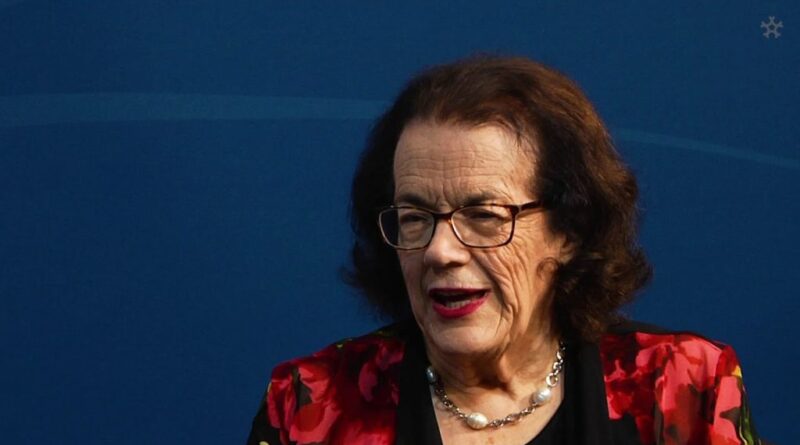There’ll be a lot more talk before we hear the Indigenous Voice

The Morrison government has claimed it has delivered on its commitment to co-design an Indigenous Voice, but the parliamentary term will end without any such Voice being legislated or in place.
This is despite the Minister for Indigenous Australians Ken Wyatt saying more than a year ago it was his “aspiration” to have legislation passed this term.
Instead Wyatt, in a statement on Friday, said the government had “delivered” with the release of the Indigenous Voice Co-Design Process Final Report to the Australian Government, which sets out the proposed model.
This report, which the government has had since July, will be the basis for further consultations to set up local and regional Voices.
The report, produced by an advisory group chaired by Marcia Langton and Tom Calma, following extensive consultations with Indigenous and non-Indigenous people, has recommended a structure of local and regional Voices and a national Voice.
It said the local and regional Voices should be established immediately, with the national Voice either following or being set up as an interim body while the local and regional Voices form.
The national Voice would advise the parliament and the government on matters of significance to Indigenous people, engaging with the different stages of the development of laws and policies, the report said.
At this point there is no movement on the national Voice, with the government concentrating on the lower levels.
“It is important to get this right,” Wyatt said. “For the Indigenous Voice to work, it must have a strong foundation from the ground up. That’s why we are taking the next step and starting with the Local and Regional Voice, as per the process in the report.”
Scott Morrison told reporters: “This is about listening to local Indigenous communities and that’s where the Voice must start. It doesn’t start with grandiose gestures, it doesn’t start with big political speeches, it starts on the ground pulling together local Indigenous communities and listening carefully to them so we can get service delivery right.
“It’s about closing the gap. I’m about closing the gap, not setting up political edifices. I’m interested in hearing what’s happening on the ground.”
Wyatt said the government would
-
begin discussions with states, territories and local governments to encourage their participation in local and regional Voice arrangements
-
appoint an “establishment group” to work with government to form the proposed 35 local and regional Voice bodies
-
engage with stakeholders to progress the local and regional Voice.
Wyatt will begin discussions with other jurisdictions next month.
The push for an Indigenous Voice followed the Uluru Statement from the Heart, at a 2017 convention of Indigenous people.
The Uluru statement called for “the establishment of a First Nations Voice enshrined in the Constitution”.
The government has rejected putting the Voice into the constitution.
The advisory group did not recommend this – it was not part of its terms of reference – but did say the government should “note the support for the enshrinement of the Indigenous Voice in the Constitution that was expressed particularly through the submissions received as part of the consultative process”.
Labor has said it would seek to have the Voice enshrined in the constitution.
The shadow minister for Indigenous Australians, Linda Burney, said the government had “promised A Voice to Parliament in this term.
“Today, they’ve announced they’ve failed on that promise.
“The only thing the government has managed to achieve is more delays and more processes. What the government is proposing gives the Voice no security. They even banned their co-design committee from speaking about constitutional recognition,” she said.

